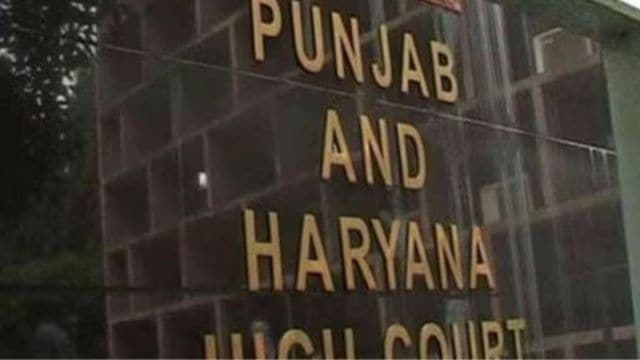High Court acquits 2 in 2017 Sonipat rape and murder case, says evidence falls short
On May 9, 2017, a 19-year-old in Sonipat was allegedly abducted at gunpoint, drugged, gangraped, and then murdered using bricks.
 According to the prosecution, the victim had been harassed by a neighbour and was abducted at gunpoint
According to the prosecution, the victim had been harassed by a neighbour and was abducted at gunpointIn a significant ruling, the Punjab and Haryana High Court on Monday acquitted two men in a 2017 case involving the abduction, gangrape, and murder of a 19-year-old woman from Sonipat, citing insufficient evidence to prove guilt beyond a reasonable doubt.
A division bench of Justice Gurvinder Singh Gill and Justice Jasjit Singh Bedi set aside the conviction and sentence delivered by a Sonipat trial court on December 19, 2022.
The case began with an FIR registered on May 11, 2017, under Section 365 of the Indian Penal Code (IPC), which deals with kidnapping or abducting someone with the intent to secretly and wrongfully confine them. That same day, the woman’s decomposed body was found in Parsvnath City, Rohtak.
As the investigation progressed, several other charges, such as IPC Section 302 (Punishment for murder) and Section 376-A(d)/34 (Gangrape, read with common intention), were added to the case.
The 59-page judgment authored by Justice Bedi noted that “there is some suspicion regarding the accused having committed the offence. However, the chain of circumstantial evidence available on record is not so complete as to conclusively and unerringly point towards the guilt of the accused”.
The court said that while the crime was brutal, the prosecution failed to meet the legal threshold required for conviction.
According to the prosecution, the victim had been harassed by a neighbour and was abducted at gunpoint on May 9, 2017. It was alleged that she was drugged, gangraped, and then murdered using bricks. The post-mortem confirmed death due to head injuries, with injuries suggesting possible sexual assault. However, no seminal fluid was found due to decomposition.
The prosecution relied on the recovery of bloodstained bricks and clothes, call detail records (CDRs) showing frequent contact between the accused and the victim, and disclosure statements. But the court found several gaps.
On the recovery of bricks, Justice Bedi noted: “At best, it would suggest that the accused persons knew where the weapon of offence was kept. No presumption can be drawn of the accused having committed the offence with the said weapons.”
The court also flagged issues in how the forensic samples were handled. “There is no link evidence as to how the shirt and trousers recovered on disclosure reached the FSL, Madhuban,” it said.
The CDRs showed over 500 calls made by one accused to the victim in the month before her death, and 56 calls made by her to him. However, the court said call records alone were not enough to establish guilt. It cited a 2004 Supreme Court ruling (N.J. Suraj vs State), which held that a motive is not sufficient unless the evidence leads to an irresistible conclusion of guilt.
Further doubts were raised by the absence of eyewitnesses, a key prosecution witness turning hostile, and CCTV footage failing to identify anyone in the car. On the DNA evidence, the court said that it “is in the nature of opinion evidence… mere exhibiting a document would not prove its contents,” referring to Rahul v. State of Delhi (2023).
Allowing the appeal, the bench ruled: “We find considerable merit in the present appeal. The impugned judgment is set aside and the accused/appellants are acquitted of the charges framed against them.”












